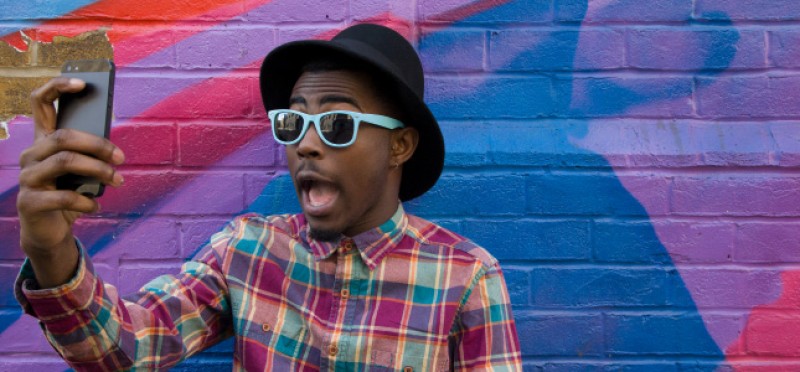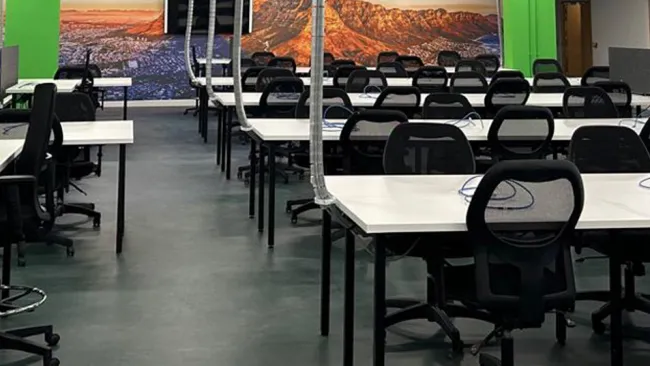The next generation of cellular networks—also known as 5G—is set to greatly enhance the speed, connections, and responsiveness of wireless devices. So, what does that mean for the customer experience? Given that the average U.S. adult spends nearly four hours using a smartphone each day, 5G will have a significant impact on consumer behavior and offer new levels of data-driven engagement.
The deployment of 5G mobile networks is still in its early stages. AT&T, Sprint, T-Mobile, and Verizon have launched 5G networks in various cities and will be expanding those networks through 2020. But to leverage 5G effectively, companies need to begin thinking about the best ways to use it to differentiate their customer experience. Here are four ideas to start with.
1. Make immersive experiences a reality
Augmented reality and virtual reality need a high-bandwidth and low-latency network to deliver optimal experiences. A slight lag could disrupt the experience. The improvements that 5G makes in download speed, latency, and data capacity will enable brands to make cutting-edge experiences more accessible, says Jeff Reed, a professor of electrical and computer engineering at Virginia Tech.
“Imagine you’re a tourist in Washington, D.C. and you pull out your phone to watch a historical event superimposed on the actual site that you're visiting,” he says. “With 5G, using augmented reality could become common practice.” As 5G matures, brands will have an opportunity to greatly enhance the customer experience by making immersive experiences the norm rather than a novelty.
2. Real-time personalization
Research shows that customers want faster, more personalized interactions with brands, and 5G could enable companies to deliver exactly that. Think of walking down a grocery aisle and pointing your phone at the cereal boxes to highlight the ones that don’t contain wheat or some other ingredient. Or a retailer can make informed decisions to optimize in-store offers based on reports about real-time shopper traffic and demographic information.
Being able to make real-time decisions about consumer behavior thanks to 5G is “going to be a real game changer that will allow marketers to rethink their customer engagement to make it even more personalized,” says with Michele Dupré, group vice president of retail, hospitality/travel at Verizon Enterprise Solutions.
3. An opportunity to get ahead of new behaviors
While Netflix is credited with pioneering binge-watching, streaming high-quality videos wouldn’t have been possible without 4G networks. “We don’t know what the killer apps for 5G will be yet, but just as 4G enabled binge-watching, we can it expect it to affect consumer behavior,” Reed says.
With that in mind, companies should keep an eye on how consumers utilize 5G-powered devices to identify behavior that may complement their products and services. For instance, it’s highly possible that the next ‘killer app’ will include conversational AI and voice search, which will continue to grow as digital assistants and 5G gain wider adoption. At the moment, voice search is only useful for specific requests and narrow purposes, but its effectiveness will expand as the technology advances and more smart devices proliferate.
4. Reimagine the customer journey
As 5G networks grow and accompanying devices gain adoption, companies may need to redraw their customer journey maps to accommodate new mobile experiences. In addition to consumers spending more time on their smartphones, scenarios where devices coordinate with each other may also need to be included. The machine-to-machine (M2M) connections market will be worth $30.74 billion by 2025, according to research firm MarketsandMarkets.
Indeed, creating the right customer experience starts with “identifying your ideal customers, their habits and their needs, and guiding them through their buying journey,” Dupré says.















